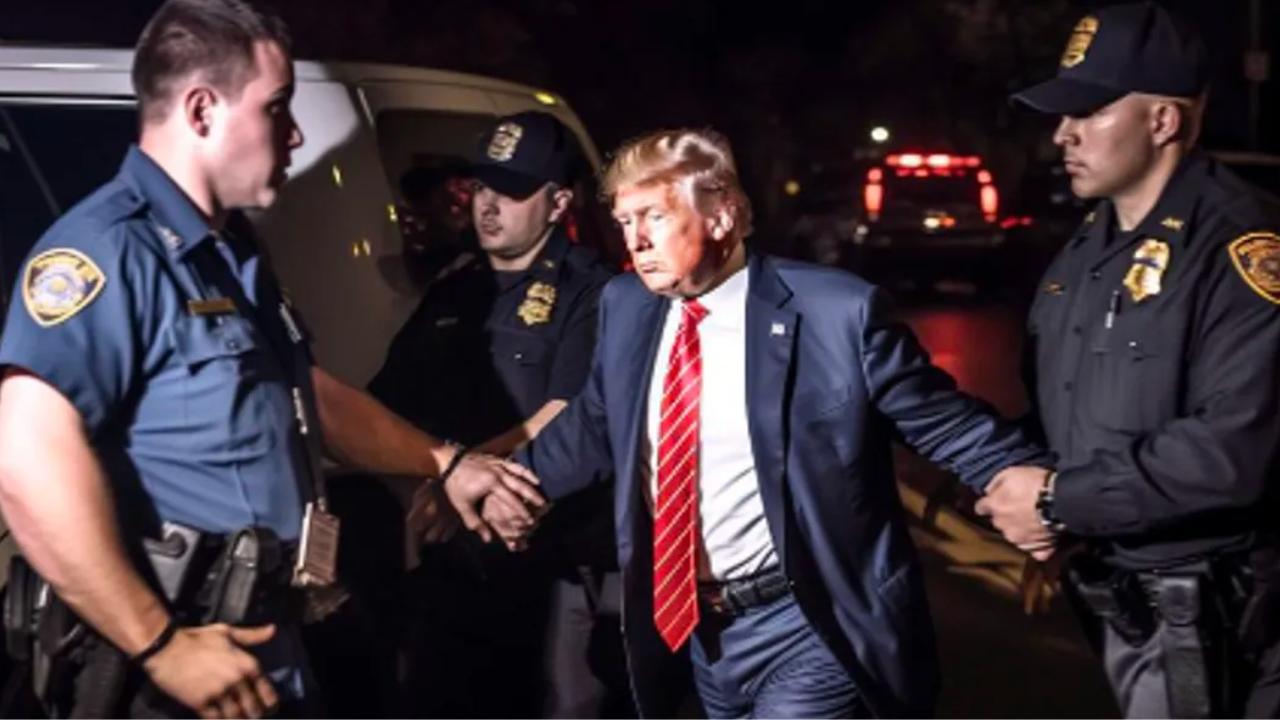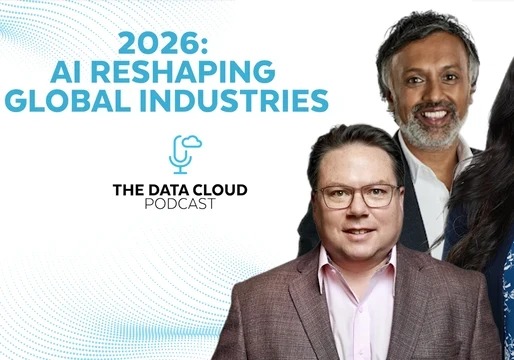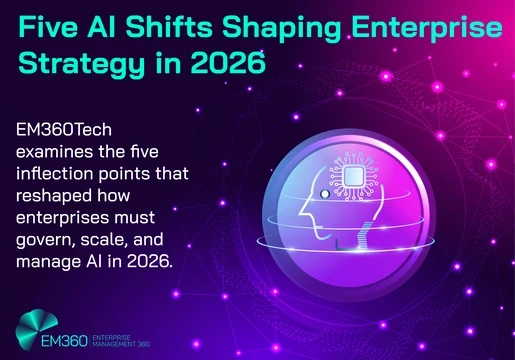If you were active on Twitter in March, you’ll remember the viral photos of former US president Donald Trump getting arrested in the streets of New York.
There were snapshots from every angle showing the arrest as it happened – from the former president being tackled to the ground by police, to him being ushered into a police car, and even getting his mugshot taken down at the police station.
All of this, of course, didn’t actually happen.
The hyper-realistic photos shared by millions online were AI-generated images known as Deepfakes. These synthetic images have taken over the internet, placing celebrities, public figures and politicians in all sorts of scenarios they’ve never been in.
And they’re not just limited to images either. You can now make deepfake audios of a person’s voice or videos with their face on another person’s body. And while this may seem harmless, the reality is that deep fakes could threaten the very fabric of our society.
This article explains what Deepfakes are and how they're made while delving deep into the dangers of fake AI-generated images and their threat to the very fabric of society.

What are Deepfakes?
Deepfakes are media that have been digitally manipulated using AI to replace one person's likeness convincingly with that of another.
This can be done with a variety of techniques, including face-swapping, lip-syncing, and body doubling, to create realistic-looking videos and images of people doing or saying things they never did or said.

The term "deepfake" was coined in 2017 by BuzzFeed's John Ronson, who used it to describe a fake video of President Barack Obama giving a speech. The video was created using a technique called "generative adversarial networks" (GANs), which are a type of AI that can learn to generate realistic images and videos.
Since then, the technology for creating deepfakes has become increasingly sophisticated. There are now a number of free and easy-to-use deepfake creation tools available online, which have made it possible for anyone to create deepfake images, audio and videos.
You might remember the viral song featuring Drake and the Weekend “Heart on My Sleeve” that went viral earlier this year or the convincing photo of the pope in a white puffer jacket. Both of these were deepfakes, generated using AI.
How do deepfakes work?
Deepfakes are created using a technique called deep learning. Deep learning is a type of machine learning that uses artificial neural networks to learn from data.
For deepfakes to work, neural networks are trained on a large dataset of images and videos of a person's face. This allows the neural networks to learn the unique features of the person's face, such as their facial expressions, wrinkles, and hair.
Once the neural networks have been trained, they can be used to generate new images and videos of the person's face. This is done by feeding the neural networks a new image or video of a person's face. The neural networks then use their knowledge of the person's face to replace the person's likeness with the likeness of another person.
How do people make deepfakes?
Today, almost anyone can manipulate videos, audio, and images to make deepfakes. You don’t need any programming or coding skills to create them.
You can create deepfakes in less than a minute using online deepfake applications or free AI image generators. Making a deepfake from scratch however is another process entirely easy. There is a massive difference between using a model and training a model.
GAN models need a lot of training data - and gathering this data to create them is no easy task. This means that, for now at least, it is still not easy to create.
What are the dangers of deepfakes?

The real danger of deepfakes is how convincing they've become. Anyone can use deepfake tools to create fake videos or images that spread misinformation and propaganda, harass and intimidate others, commit identity theft and fraud, and ultimately ruin people’s lives.
Deepfakes can also be used to manipulate elections and other democratic processes manipulating public opinion and undermining trust in the electoral system.
Just two days before Slovakia’s elections in October, for instance, a deepfake audio recording was posted to Facebook showing the liberal Progressive Slovakia party leader Michal Šimečka, discussing how to rig the election by buying votes from the country’s Roma minority.
Because the deepfake was just audio, it exploited a loophole in Meta’s manipulated media policy, which is fake videos where a person has been edited to say words they never said. Šimečka lost the election, and experts would partly blame that deepfake audio for his loss.
A similar incident happened during the 2019 Brazilian presidential election when a fake video of Jair Bolsonaro was shared on social media that appeared to show him making homophobic remarks. In that case, the video was also quickly debunked, but it nonetheless contributed to a climate of hatred and violence against LGBTQ+ people in Brazil.
The dangers of deepfakes extend far beyond harming democratic processes. Some of the ways the technology can be exploited for malicious purposes include:
- Defamation: Deepfakes can be used to create fake videos or images that show someone saying or doing something they never did, damaging their reputation and career. This can be particularly harmful for public figures, politicians, and celebrities. For instance, a deepfake of a politician could be used to make them appear to endorse a controversial policy or to engage in illegal activities, significantly impacting their public image and potentially hindering their political aspirations.
- Misinformation: Deepfakes can be used to spread false information and propaganda, which can have a real-world impact on organisations, social movements, and even wars. By creating fake videos of organisations, political leaders or other influential figures saying or doing things they never did, deepfakes can sway public opinion in communities or even entire countries.
- Harassment: Deepfakes can be used to create fake videos or images that are sexually explicit, violent, or otherwise harmful. These videos can be used to harass, intimidate, and abuse others, especially women and marginalized groups.
- Identity Theft and Fraud: Deepfakes can be used to create fake IDs, passports, and other documents that can be used to commit fraud or other crimes. They can also be used to impersonate someone else online or in real life, leading to identity theft and other financial scams. For example, a deepfake of an individual could be used to apply for loans or open bank accounts in their name, causing significant financial damage.
- Undermining Trust: Deepfakes can erode public trust in institutions like the media, the government, and the legal system. By creating fake videos that appear to show these institutions doing something wrong, deepfakes can make people suspicious of everything they see and hear, potentially destabilizing society.
How to spot deepfakes
With AI advancing so quickly, spotting deepfakes is becoming increasingly difficult. But while deepfake technology is becoming increasingly sophisticated, there are still some telltale signs that can help you spot a deepfake.
Here are some tips:
- Look for unnatural or inconsistent facial expressions. Deepfakes often struggle to replicate the subtle movements and expressions that make humans look and sound natural. Pay attention to the eyes, mouth, and overall facial structure. Do they appear to move realistically? Are there any unnatural glitches or artefacts?
- Check for inconsistencies in lighting and shadows. Deepfakes can sometimes struggle to match the lighting and shadows of the original footage. Look for areas where the lighting seems to change abruptly or where shadows appear to be too sharp or too soft.
- Listen for audio and lip-syncing discrepancies. Deepfakes often have problems matching the audio to the lip movements of the person in the video. Listen for any unnatural pauses or delays between the audio and the movements. The person's mouth may also appear to move in a way that doesn't match the words being spoken.
- Check for unusual background or props. Deepfakes may use stock footage or other images or videos as background or props. Pay attention to the background and props in the video. Do they look realistic and consistent with the surrounding environment? Or are there any inconsistencies or anomalies?
- Look for the source of the image, video or audio. If you're unsure whether a piece of media is real or fake, try to find out where it came from. If it's shared on social media, check the source of the video and see if there are any other sources reporting the same information.
Final thoughts
Deepfakes pose a growing threat to individuals, society, and democratic processes. Their ability to create realistic and often convincing videos of people saying or doing things they never did has far-reaching implications that demand our attention and action.
By understanding their potential harms and taking proactive measures to address them, we can minimize their negative impact and ensure that this technology is used for positive and beneficial purposes.







Comments ( 1 )
Ridhima Nayyar
14/12/2023